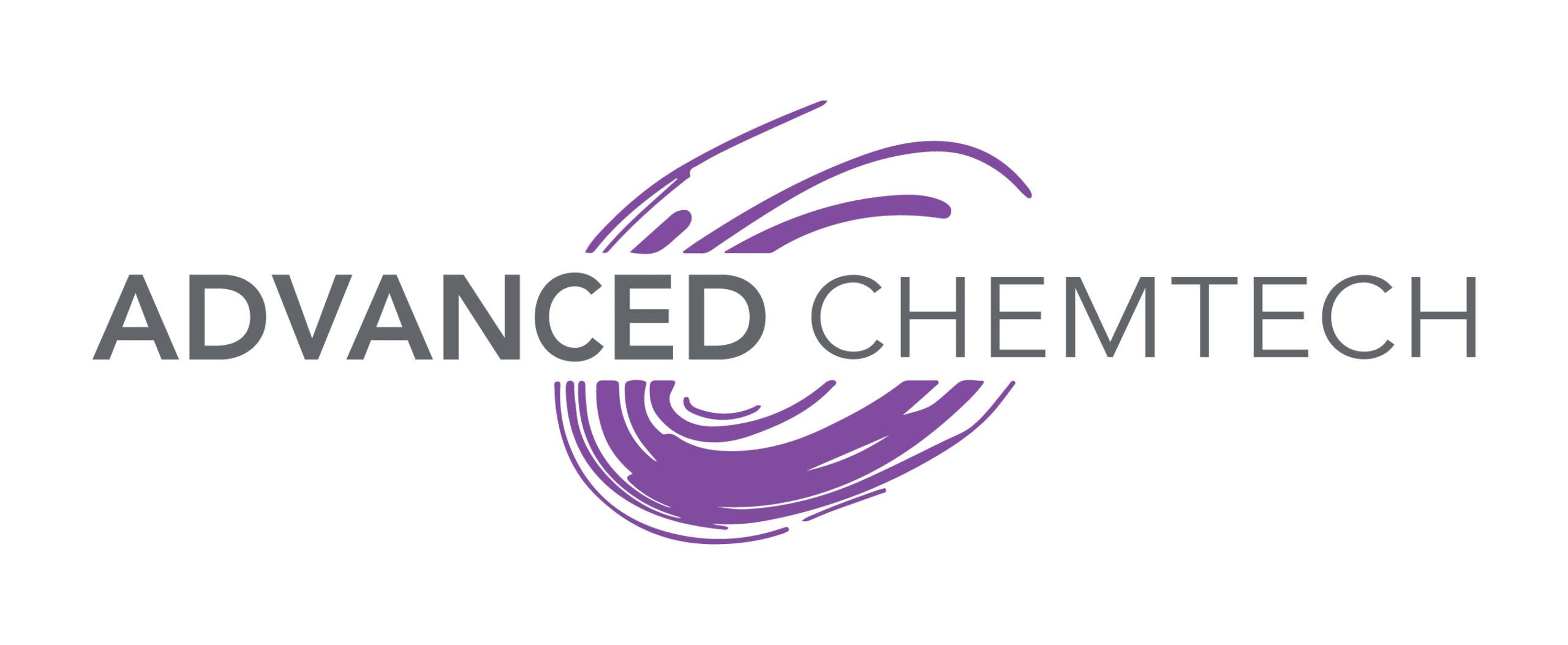By now, you’ve likely heard of nucleic acid vs. amino acid, but do you know the difference between the two essential biomolecules?
To begin with, both biomolecules are essential to human life – they both perform jobs within the body that are essential.
Without nucleic acids, cells would not be able to reproduce, resulting in extinction. And without amino acids, our bodies would not exist. So, they go in hand in hand – quintessential to lifeforce.
The remainder of this article will discuss more on nucleic acid vs. amino acids, including what they are, how they are different, and a short FAQ to answer the most commonly asked questions on the topic.
What are nucleic acids?
Nucleic acids are large biomolecules responsible for several essential roles within cells and viruses.
In particular, an essential function of nucleic acids is the storage and delivery of genomic information.
There are many different types of nucleic acids with distinctive roles in the body, but two of the more well-known types are DNA and RNA, but more on this later. (There are other types of nucleic acids as well.)
What are amino acids?
Amino acids make up proteins – the building blocks of life that play many critical roles within the body.
There are both essential and non-essential amino acids, some of which can be created naturally by the body (non-essential), and others that must be obtained through nutrition and diet (essential amino acids).
These amino acids are essential for natural bodily functions, including the transport of nutrients, the fighting of disease and illness, and muscle repair and function.
What’s the difference between amino acids and nucleic acids?
Okay, now that you know the function of both nucleic and amino acids, what’s the difference between the two terms?
Well, while at first, they may see as similar, they are, in fact, very different.
Amino acids are the building blocks of protein, whereas nucleic acid is a polymer of nucleotides responsible for the storage and expression of genetic information, such as race, weight, height, and other distinguishing and unique characteristics.
So, amino acids serve as the building blocks of proteins, also found within the body but responsible for other jobs, such as protein synthesis, tissue repair, and the delivery of essential nutrients.
Essentially, nucleic acids are the building blocks of who you are, while amino acids are the building blocks of proteins and the many critical and functional roles conducted by the body.
The bottom line
Often, nucleic acids and amino acids are confused. However, while they may sound the same, they are both responsible for different jobs within the body.
For more information on both, you can check out our other blog posts.
Frequently asked questions
As nucleic acid vs. amino acid is a complicated and often misunderstood topic, we’ve put together a short FAQ section below to answer the most commonly asked questions:
What is an example of an amino acid?
An example of an essential amino acid is Threonine, an amino acid responsible for building and repairing connective tissues, including elastin and collagen. Threonine also helps regulate muscle growth and even benefits mood and digestion.
To say amino acids are essential is an understatement!
What is the relationship between nucleic acids and amino acids?
Both amino acids and nucleic acids serve different purposes. Amino acids are the building blocks of proteins (responsible for various bodily functions), whereas nucleic acids store genetic information.
What is meant by nucleic acids?
Nucleic acids are large biomolecules responsible for several essential roles within cells and viruses. One of the primary functions of nucleic acids is the storage and delivery of genomic information, including DNA.
How do you get amino acids?
Amino acids can be found in animal protein and other protein sources. However, you can also obtain these from supplements – your body creates others naturally, too.
What are examples of nucleic acids?
There are a few main types of nucleic acids, but the two most well-known include deoxyribonucleic acid (DNA) and ribonucleic acid (RNA).
Are amino acids nucleic acids?
No, amino acids are not nucleic acids – they are different things entirely.
